The Cheget nuclear briefcase helps the Russian President to issue nuclear retaliation orders from anywhere, and is considered a symbol of the Kremlin boss's power.
Video released by Reuters this week shows Russian President Vladimir Putin leaving after meeting with Chinese President Xi Jinping in Beijing, with a naval officer carrying the Cheget nuclear briefcase behind him. This is a rare public appearance of the Russian President's powerful briefcase.
In the United States, the President is the only person authorized to use the briefcase containing the tools needed to launch a nuclear attack. Meanwhile, Russian nuclear doctrine stipulates that three people own the Cheget briefcase: the President, the Minister of Defense, and the Chief of the General Staff.
Cheget nuclear briefcase appeared with President Putin in Beijing on October 18. Video: Reuters
In this trio, the Russian President, as Commander-in-Chief of the Armed Forces, has full authority to order the use of nuclear weapons, while the Minister of Defense and the Chief of the General Staff are responsible for consulting and confirming the orders given by the President. Therefore, the Cheget suitcase is still considered a symbol of the power of the head of Russia.
The nuclear briefcase carried by a Russian naval officer following President Putin in Beijing was black with silver trim, and was significantly larger than the suitcases carried by his other aides.
The Cheget nuclear briefcase, weighing about 11 kg and named after a mountain in the Caucasus, is a key component of the Soviet-era automated system of supreme command and control of strategic nuclear forces, capable of providing early warning of any nuclear attack anywhere in the world.
The Soviet Union created its nuclear command and control system at the height of the Cold War in the early 1980s. The Cheget nuclear briefcases were put on combat duty when Mikhail Gorbachev became Soviet leader in 1985. They were then passed on to former President Boris Yeltsin and later President Putin.
In the history of post-Soviet Russia, the Cheget suitcase was only once under the control of the Russian prime minister , when Mr. Yeltsin had heart surgery in 1996. During President Putin's tenure from 2000-2008, there was no information indicating that the Cheget was given to the prime minister when he traveled abroad.
Cheget is a communications terminal that provides information to its users about a possible attack, allowing the three people holding it to consult with each other before making a decision. Inside each suitcase is a mobile device that connects to the command and control network of Russia's strategic nuclear forces.
The Cheget suitcase used by former President Yeltsin and displayed in Saint Petersburg has a relatively simple design, with nine buttons and one keyhole.
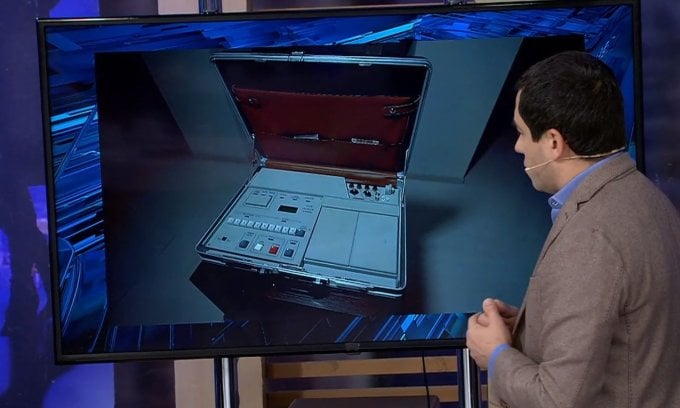
Image of a Cheget suitcase model released by Russian military television in 2019. Photo: Zvezda
Russian military television in 2019 released images showing a new generation of Cheget suitcases with a series of buttons, including a "command" area with a white command button and a red cancel button. The suitcase is activated by a special card and is located separately.
Cheget is connected to the Kavkaz communications system, which includes wire, radio and satellite lines to ensure uninterrupted signals in all situations. In the event of a nuclear attack on Russia, the three nuclear briefcases will immediately alert their keepers.
The Cheget briefcase does not contain a button that could instantly activate the nuclear arsenal; it simply serves as a device to transmit the order to launch missiles to the military. If the Russian president decides to launch a retaliatory nuclear strike, the Cheget will transmit the message to the Bakan terminal at the headquarters of the Chief of the General Staff, along with the Strategic Missile Forces, Navy and Air Force.
Upon receiving the signal, the duty officers of the strategic nuclear units will use a private code to confirm that the decision was made by the President, and at the same time establish a hotline to contact the President, the Minister of Defense and the Chief of the General Staff. After confirmation, the order to fire nuclear weapons will be executed.
The only time the Cheget was activated was on January 25, 1995, when Norwegian scientists launched a Black Brant XII research rocket from the country’s northwest coast. Russian long-range radar detected the rocket as it climbed, with a speed and trajectory similar to a Trident ballistic missile launched from a US submarine.
Russia's nuclear forces immediately went into high alert, fearing that this was the prelude to a massive US nuclear strike. The warning was relayed to President Yeltsin, who activated the Cheget suitcase and the Kremlin chief activated the nuclear key shortly afterwards.
No order was given for a retaliatory nuclear strike, as Russian forces quickly determined that the rockets were flying far away from Russian territory and did not pose a threat. This was also the only time in history that a nuclear power activated the briefcase and readied itself for a devastating strike.

The Cheget suitcase used by former President Yeltsin is on display in Saint Petersburg. Photo: Reuters
Alexei Arbatov, a leading Russian security analyst, once said that the Cheget system had serious flaws. The 1993 Russian Constitution stipulates that the Prime Minister will be the one to make the decision to launch a nuclear attack in case the President is unable to perform his duties.
However, the Russian Prime Minister is not equipped with a nuclear briefcase, because the other two are in the hands of the Defense Minister and the Chief of the General Staff. This is very dangerous in the event of a nuclear crisis, when the person with the power to make decisions cannot immediately order a retaliatory attack.
Still, even in the worst-case scenario where the briefcase's handlers are unable to give orders, Russia maintains the ability to retaliate with nuclear weapons thanks to the Perimeter combat system, which operates in parallel with Cheget.
The Perimeter system is activated when the entire Russian leadership is neutralized in a preemptive strike. At that time, the decision to retaliate will be made by a group of officers who survived in the underground bunker. Perimeter is considered Russia's last line of defense, ensuring that no adversary dares to use nuclear weapons to strike the country first.
Vu Anh (According to Foreign Policy )
Source link


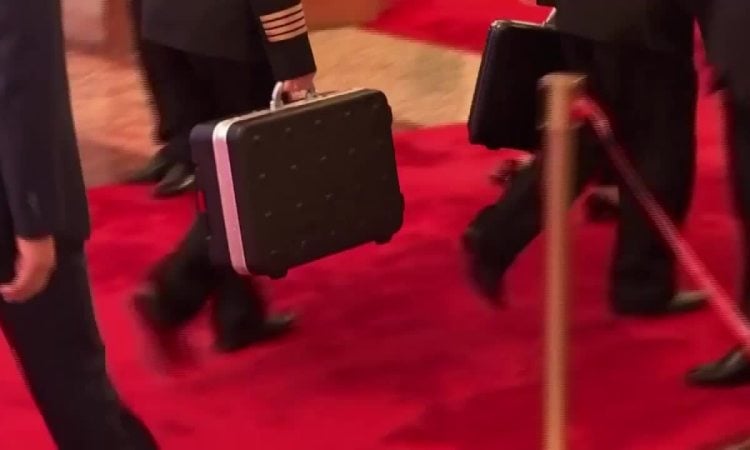






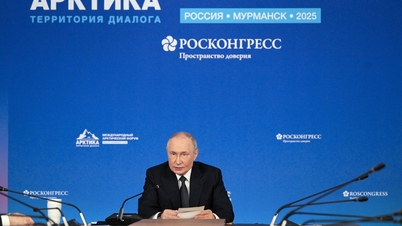

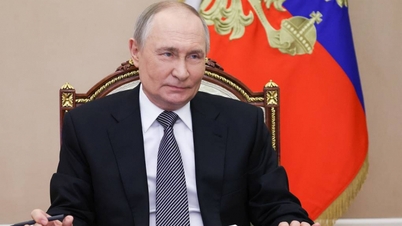





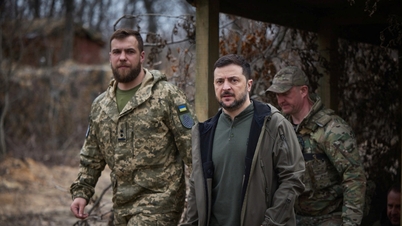




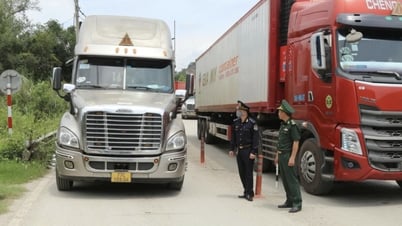
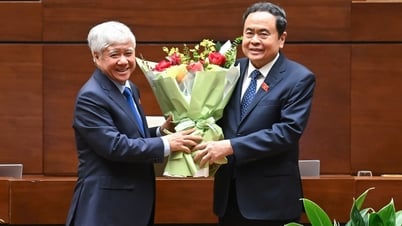





















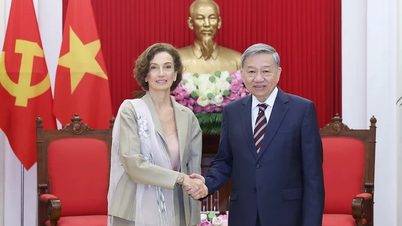

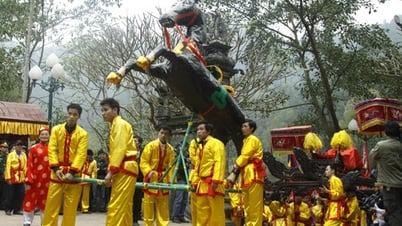





























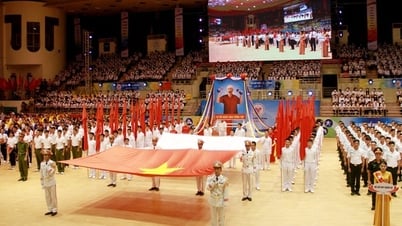






























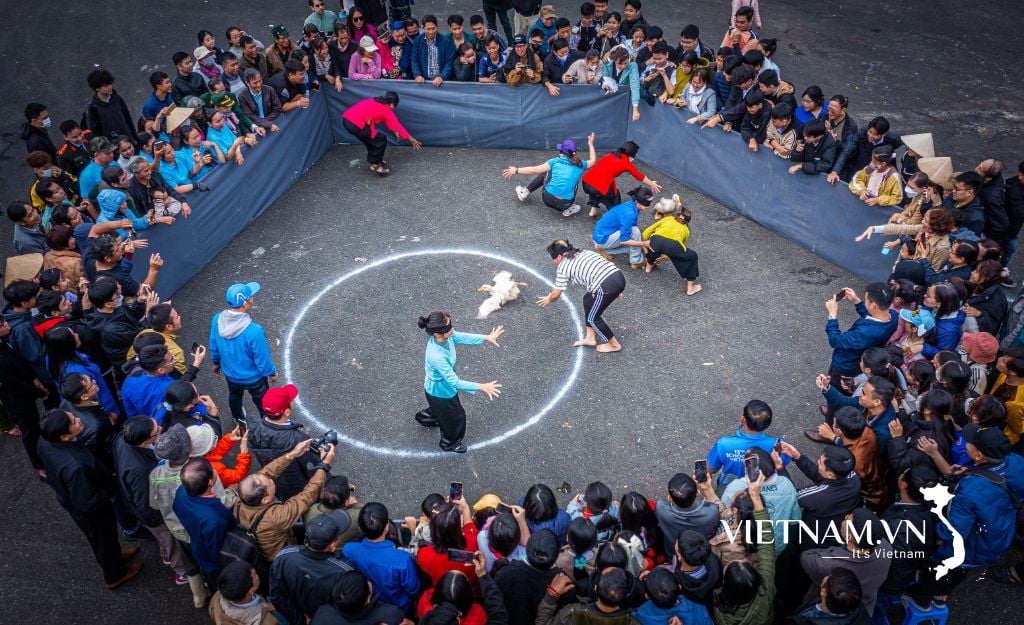
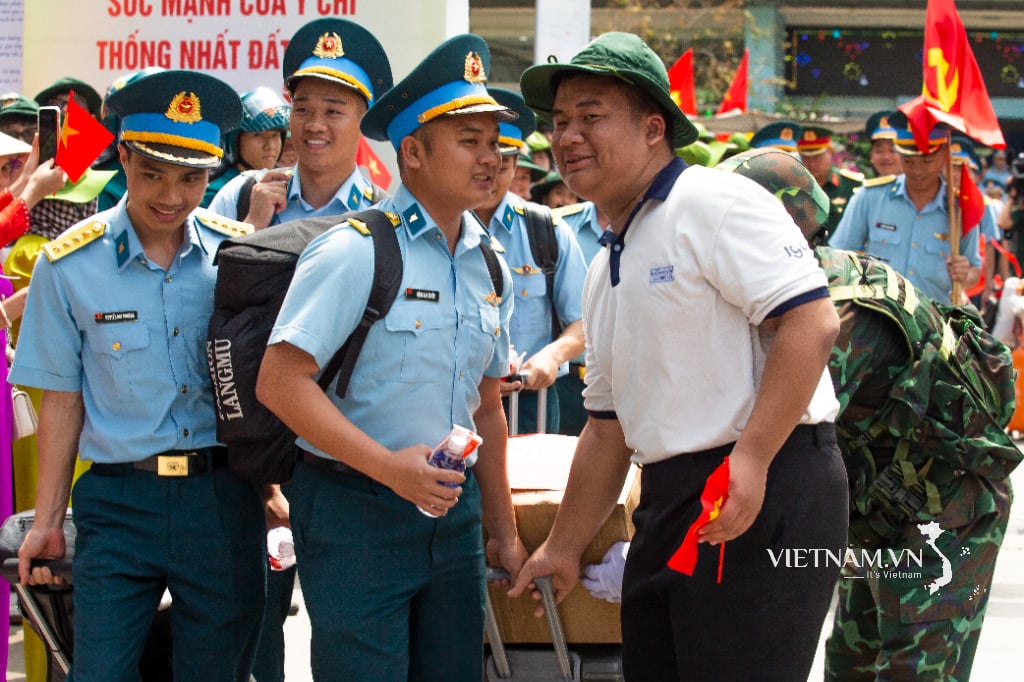
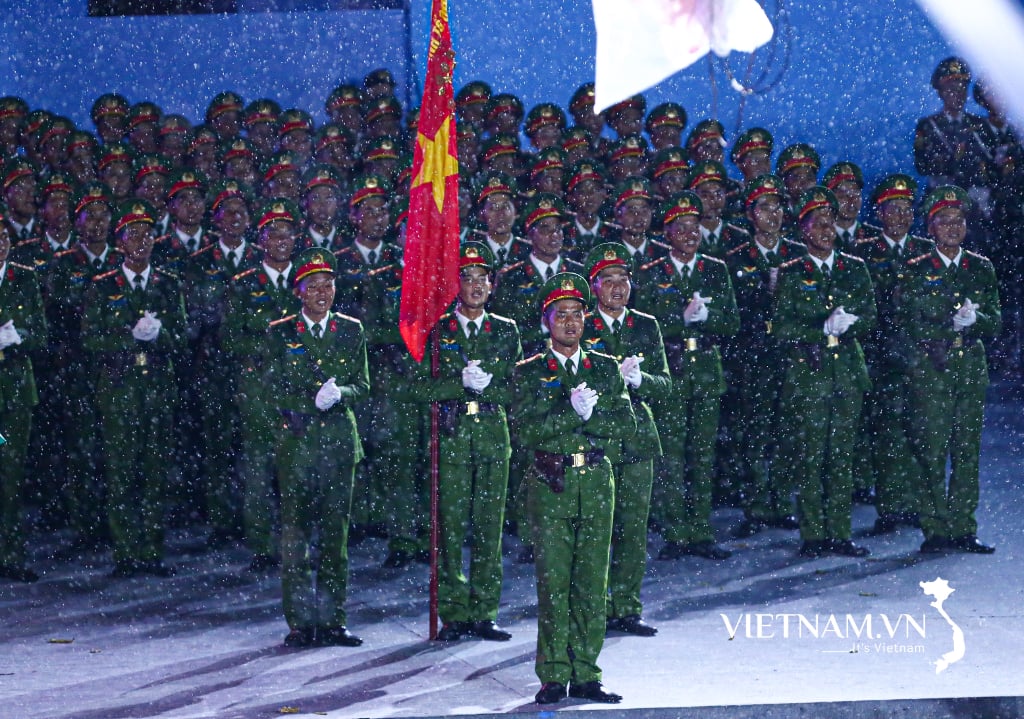
Comment (0)